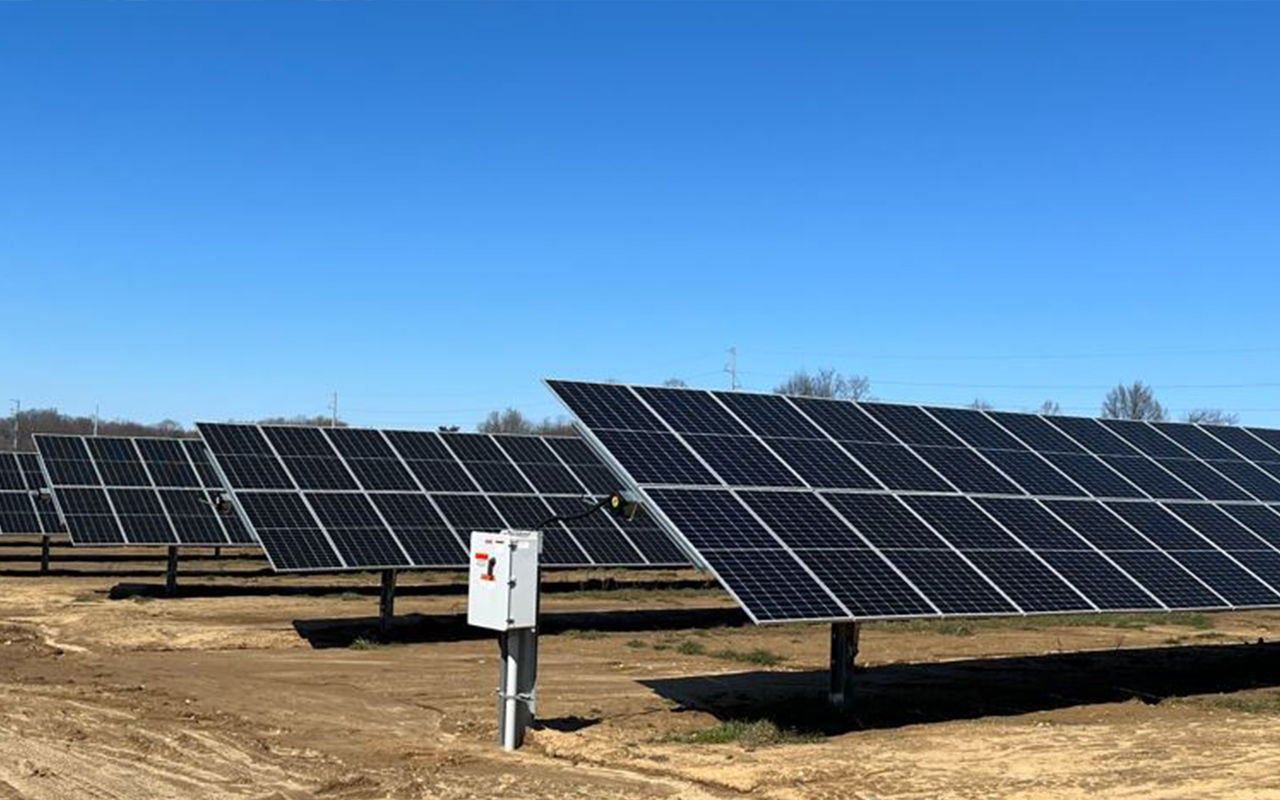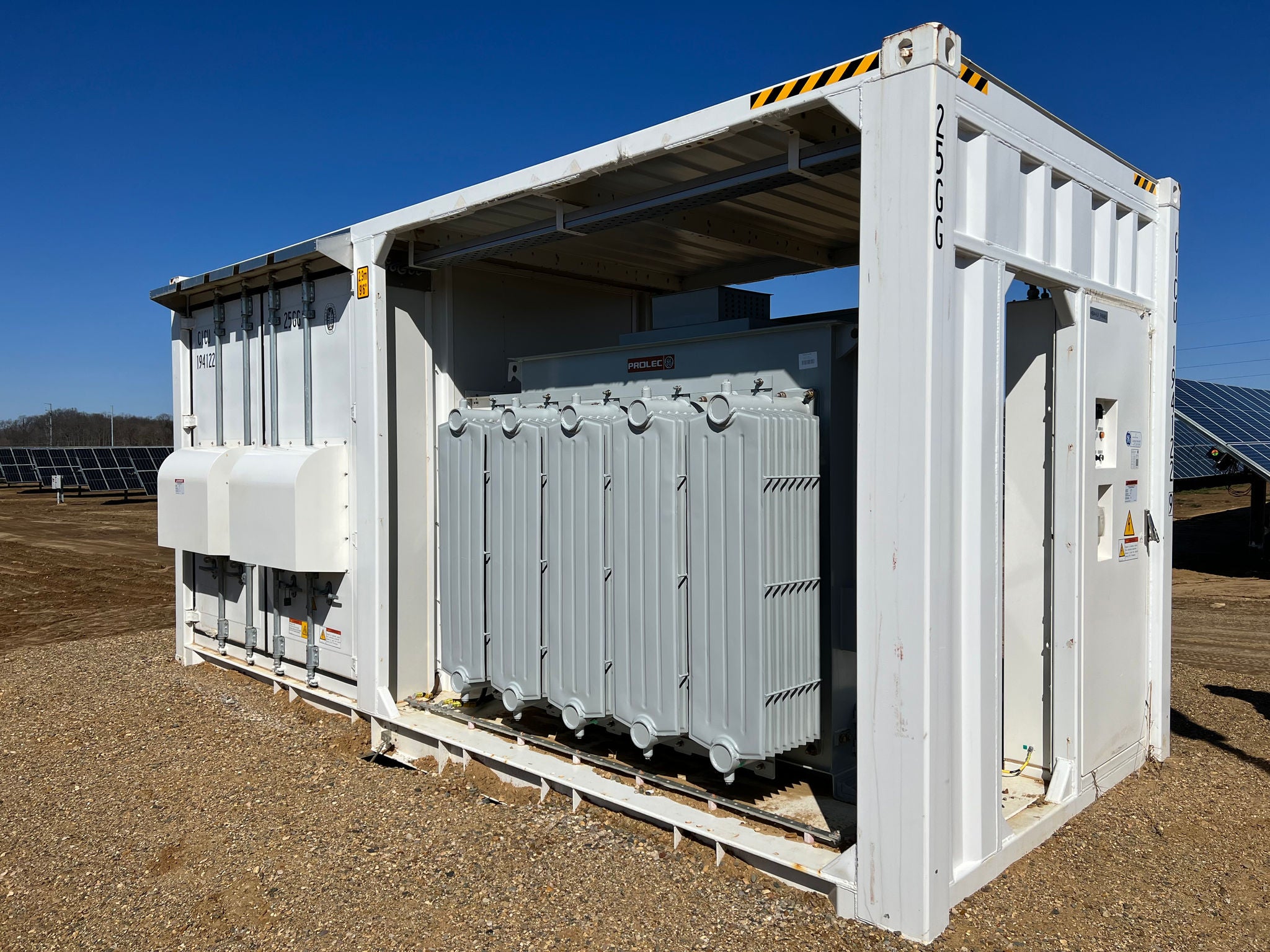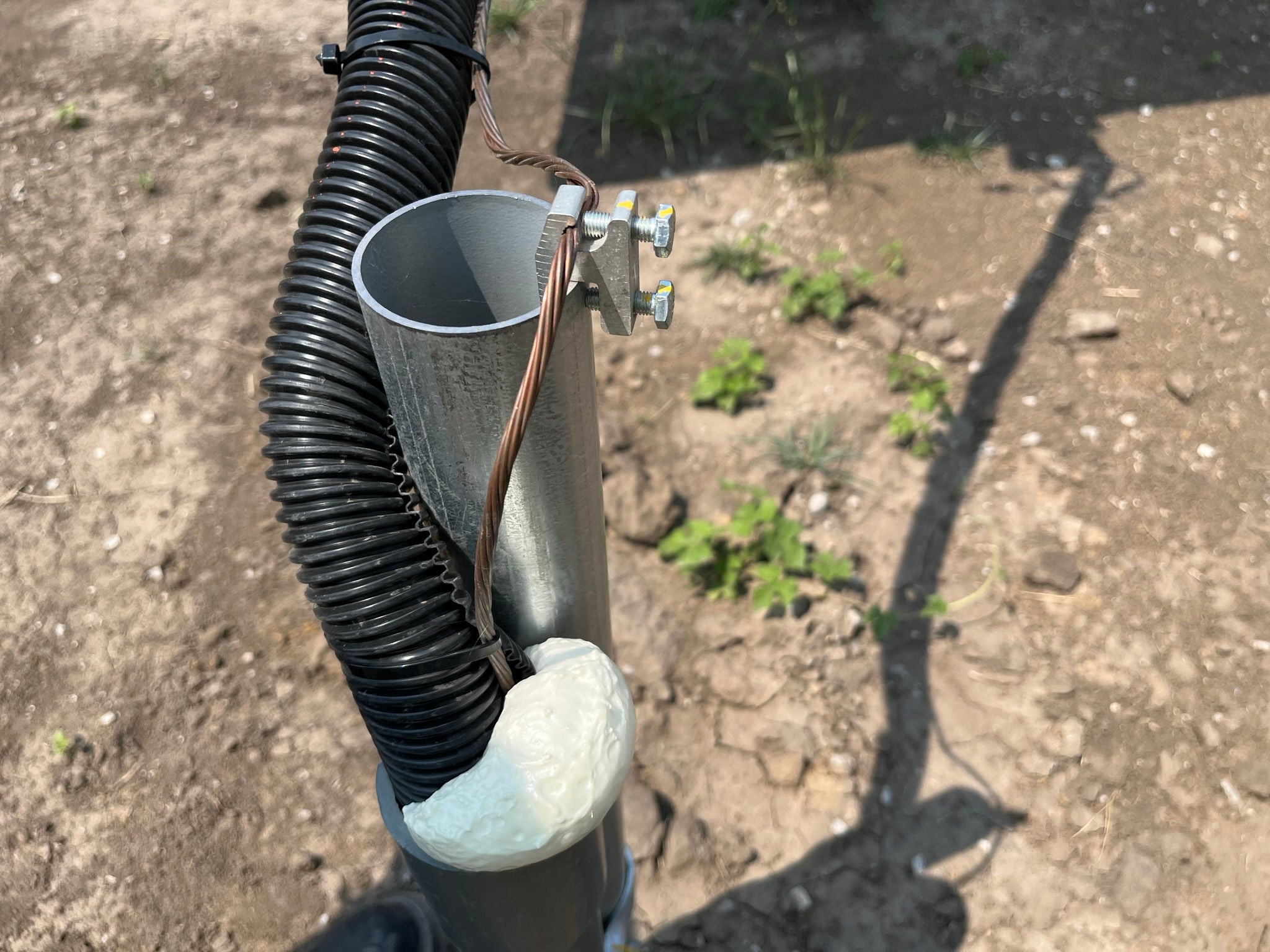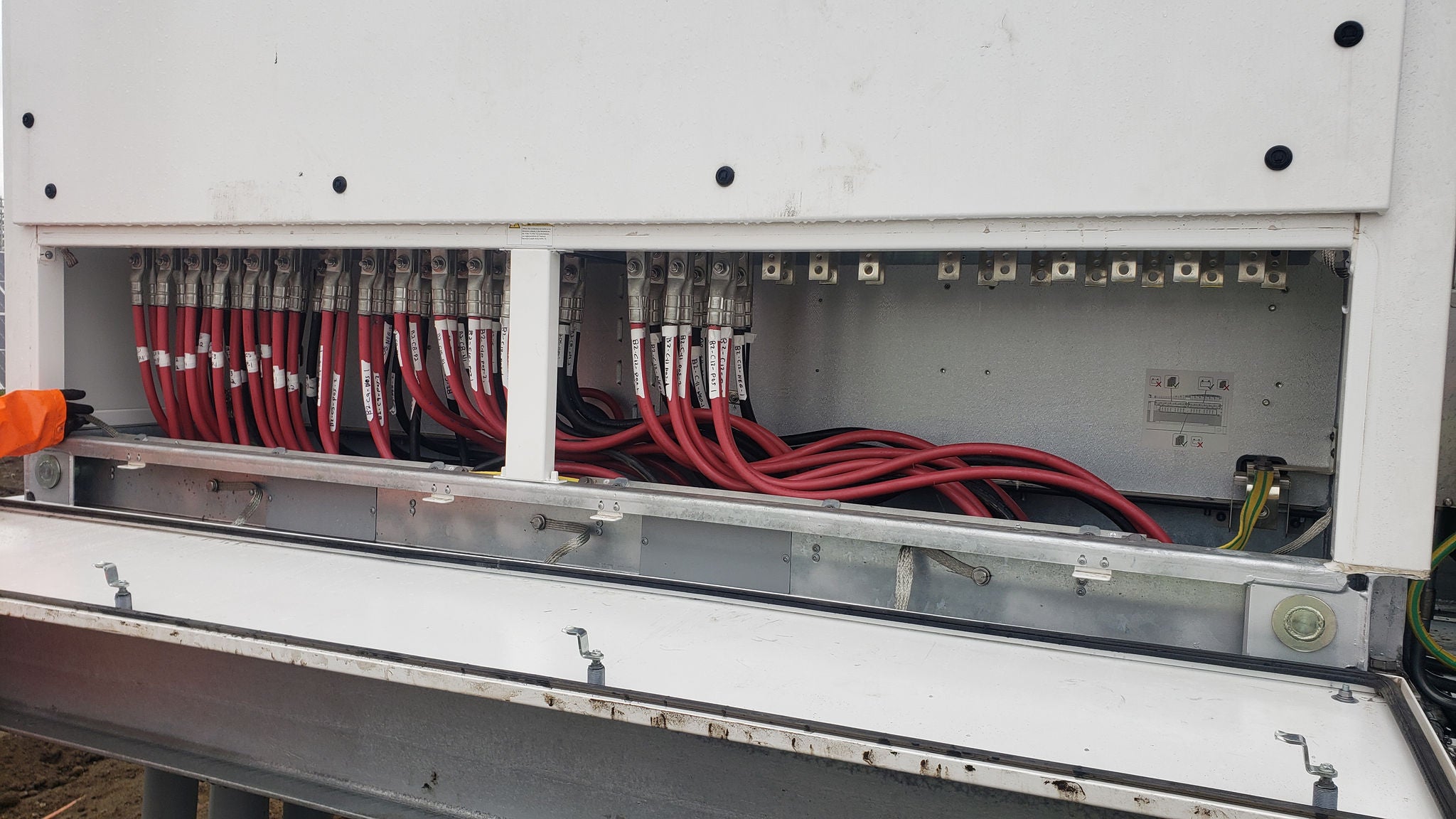— Published on 20 Aug 2024

The hard parts are done. You have a solar farm site ready to build and an order placed for high performance PV modules, best-in-class inverters, and a tracking system to maximize energy production. Now you just need to figure out how to get it all connected. Easy, right?
It’s not rocket science, but thoughtful selection of Electrical Balance of System (EBOS) components is essential for project success. In a recent audit from Solargrade, 62% of all utility scale solar projects had critical safety issues, 91% of which related to Direct Current (DC) power distribution. Most issues were caused by field-made connectors and wire management, components of the EBOS.
To understand where to focus to create a reliable, high performance EBOS, let us start from the PV module and work our way to the DC/AC inverters that connect to the grid.
PV modules range in size and power output, but all have DC wires exiting from a junction box on the back. In a solar array these wires are routed as a bundle or spliced together at prescribed intervals and fed into a combiner box. The combiner box does as its name suggests, combines the power from these strings of modules so that a pair of larger, high-voltage cables can carry their combined power in a “home run” to the inverter, and then eventually on to the grid.
Commercial and utility scale solar projects necessarily have a big footprint to produce the amount of required power. Because each PV module only creates 400-600W, you need 1,667-2,500 modules to produce just one Megawatt (MW) of electricity, and utility projects can typically range anywhere from 20 to 500+ MW. With all that scale comes a huge amount of cable to manage. And because these projects are placed in areas with intense sun, all the components are exposed to the elements. To be reliable, solar cable management solutions must securely hold cables in high wind, protect from long-term abrasion, withstand harsh UV, potential chemical exposure, and extreme temperatures.
Several suitable options exist for routing smaller cables along the back of PV modules. The most common include dedicated clips that snap on the metal frame, or specialized wire hangers that fit through holes in the frame, and heavy-duty cable ties. Arrays that move to track the sun create some additional challenges with abrasion, so flexible corrugated tubing is often used to surround cables and protect around potential pinch points.

At each combiner box, dozens of smaller cables enter and connect to a pair of busbar conductors, most commonly with power lugs. The lugs are crimped or mechanically terminated to the end of the wires and secured to the busbar with screws to ensure reliability and efficiency.

Power exits the combiner box through higher-voltage cables and is routed one of two ways: either below ground in a trench or suspended in bundles from steel cables strung in-between rows. These higher voltage “home run“ cables carry power to an inverter connected to the grid, or directly to DC battery storage on site.

As with any electrical system, proper bonding and grounding is a critical part of a solar project. Grounding provides a super-low-resistance path for electricity to flow, so that power can safely complete a circuit should a fault occur.

In the EBOS, bonding components like lugs and straps connect each of the individual array components together and then to the grounding system. Without proper grounding, tray and racking surfaces can become energized in the event of a fault, creating a life-threatening situation for people working on the solar array.

Most solar safety and reliability issues emerge from mistakes managing DC wiring and grounding. Selecting appropriate cable management, termination, and grounding solutions can prevent some challenges. Placing an emphasis on ease of installation, quality materials, and long-term reliability when specifying EBOS components will minimize problems once the project is built.
Like any utility, the goal of Solar Farms is to produce the most usable energy at the lowest total cost over the life of the project. To optimize long term return on investment it’s important to consider ease of installation, durability, and safety when selecting BOS components.
Finding skilled labor continues to be a challenge in the construction industry, and the labor needed to connect 2,500 PV modules is significant -- let alone 2.5 million. EBOS solutions that simplify installation and minimize re-work can noticeably reduce labor hours and total installation costs. Even components that save seconds per operation compound to significant time savings over the duration of the build.
Once a power plant is commissioned, any downtime directly impacts profitability. Because these projects necessarily involved hundreds of thousands of individual modules any weakness in components will be exposed and magnified. Selecting products specifically designed to last years in harsh environments reduces unplanned maintenance costs and lowers total cost of ownership over the life of the project.
Solar projects typically have a usable lifespan of 25+ years. To maintain the highest level of production it’s necessary to perform regular maintenance, which includes everything from cleaning modules and controlling vegetation, to replacing deteriorating components.
Effective labelling of all system components during installation is critical for future operations personnel to interact with equipment safely and efficiently. Exposure to UV and precipitation can lead to fading and make labels illegible, so high-quality, easy-to-read solutions designed for outdoor environments are a good investment to ensure efficient maintenance in the future.

Though EBOS components (excluding wire) represent less than 5% of total project costs, they can be an important way to control costs and optimize performance throughout the life of a solar installation. Quality components maximize labor efficiency during the initial build and result in fewer errors that require re-work. Using longer lasting environment-specific materials and easy to read labeling solutions simplify future operations and reduce maintenance costs. And most importantly, getting EBOS right addresses the most common critical safety issues found in solar projects today.
If you’re planning a project and would like to explore EBOS solutions connect with a Panduit Renewable Energy expert or explore our Solar Energy Solutions to download additional resources and to learn more about our EBOS offerings.
Source:
Large Paragraph Text Used As A Subheading
Pellentesque non magna eget ex lobortis finibus. Lorem ipsum dolor sit amet, consectetur adipiscing elit. Etiam nec arcu non eros hendrerit viverra a vitae libero. Etiam et ultricies nulla. Donec euismod lectus magna, eu dignissim mauris hendrerit vulputate.
| Time | Place | Details |
|---|---|---|
| 10:00 am - 10:55 am | Expo Hall | Meet and greet in the lobby outside the Expo Hall before the General Assembly. |
| 11:00 am - 11:55 am | Rm 314 | Expert Track: TOP 10 WAYS TO MAKE A DIFFERENCE IN THE INDUSTRY | John Dough, CFO Marketizingly |
| 11:00 am - 11:55 am | Rm 159 | Social Track: MODERN NETWORKING | Hosted by: SponsorName |
Pellentesque non magna eget ex lobortis finibus. Lorem ipsum dolor sit amet, consectetur adipiscing elit. Etiam nec arcu non eros hendrerit viverra a vitae libero. Etiam et ultricies nulla. Donec euismod lectus magna, eu dignissim mauris hendrerit vulputate.